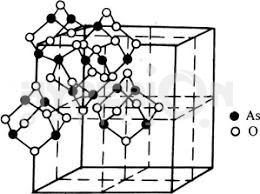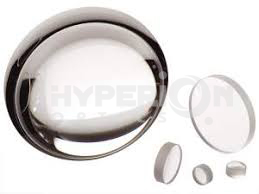Fisheye camera lens is an extreme wide-angle lens, with a focal length between 6mm and 16mm, and a viewing angle of more than 180 degrees, and some can even reach 230 degrees. In order to achieve the maximum shooting angle of the lens, the front lens of this lens is parabolic and protrudes forward, which is quite similar to the eyes of a fish, so it is called a fisheye camera lens. Most fisheye camera lenses are fixed focal length lenses, and very few are zoom lenses.
There are two types of fisheye camera lenses: one is the more common full-frame fisheye camera lens, which takes a square image and does not cover the entire picture; the other is a circular fisheye camera lens, whose viewing angle can When it reaches more than 180 degrees, the imaging circle of the shot image is circular, and the four corners of the picture are all blocked.
The focal length of the fisheye camera lens is very short and the angle of view is very large, which can greatly exaggerate the perspective of the scene. Except for the straight line passing through the central part of the picture, the straight line in other parts becomes curved.
Fisheye lenses are widely used and are very useful for shooting large-scale scenes at close range, and it is easy to get pictures with strong visual impact. For example, when shooting landscapes, it can make the picture appear more imposing and spacious; when shooting in a narrow indoor environment, it can also shoot a seemingly wide space effect. However, because the angle of view of the fisheye camera lens is far beyond the range that the human eye can see, the photos taken will give people an extremely exaggerated and unreal visual experience, but often can also obtain special picture effects that are imaginative and interesting.
If you don't want the distortion of the fisheye camera lens to affect the balance of the picture, you can choose to shoot a relatively symmetrical scene, so that the picture will look much more comfortable.
1. Aperture priority: In A mode, the operator selects the required aperture value to determine the depth of field. Many professional photographers use aperture priority not to select the desired aperture, but to adjust the aperture to obtain a shutter speed that does not cause hand shake. 2. Shutter priority: Shutter priority is the choice of many sports photography enthusiasts. The operator selects the required shutter speed, and the camera matches the appropriate aperture value. 3. Manual mode: manual mode is a shooting mode in which the operator of the camera manually sets the aperture value and shutter speed. This is the most widely used exposure method, because it gives professional photographers more possibilities for their own manipulation. However, the accuracy of manual exposure mode is not as good as that of A and S files.


 Call us on:
Call us on:  Email us:
Email us:  R&D Center: 9B-4F 401,No.1 Qingnian Road Liando U Valley,Yuhua International Wisdom Valley, Nanjing, 210039 China
R&D Center: 9B-4F 401,No.1 Qingnian Road Liando U Valley,Yuhua International Wisdom Valley, Nanjing, 210039 China









 English
English  cn
cn  de
de  es
es  fr
fr 


